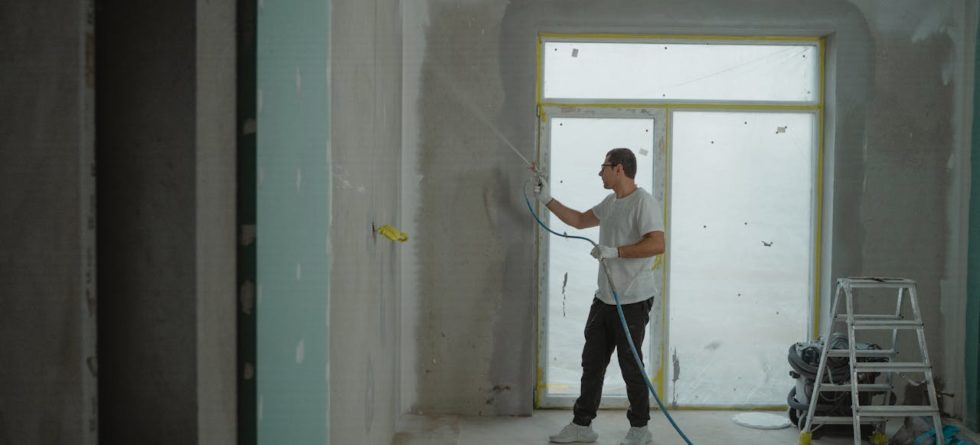If you’re planning to use a paint sprayer for your next project, it’s essential to understand how much coverage you can expect from a gallon of paint.
Let’s delve into the details to help you estimate paint quantities accurately…
- Coverage Calculation
- Coverage Area – The coverage area of one gallon of paint can vary depending on factors such as surface texture, application method, and paint viscosity. One gallon of paint covers approximately 250 to 400 square feet when using a sprayer.
- Surface Preparation – Proper surface preparation, including cleaning, priming, and repairing any imperfections, can impact paint coverage. Smooth, well-prepared surfaces typically require less paint than rough or porous surfaces.
- Estimating Paint Quantity
- Measure Surface Area – Measure the total square footage of the surfaces you plan to paint using a tape measure or laser distance measurer. Multiply the length by the height of each wall to calculate the area.
- Consider Multiple Coats – If you intend to apply multiple coats for better coverage or color saturation, adjust your paint quantity accordingly. Multiply the coverage area by the number of coats needed.
- Spraying vs. Rolling
- Paint Consumption – Spraying generally uses more paint compared to rolling or brushing due to overspray and the fine mist created during application. Spraying can provide faster and more uniform coverage, especially on large surfaces.
- Efficiency Trade-Off – While spraying may require more paint upfront, it can save time and labor compared to traditional methods. Consider the trade-off between paint consumption and efficiency based on your project requirements.
- Optimal Paint Usage
- Adjust Sprayer Settings – Fine-tune your sprayer settings, such as pressure and nozzle size, to achieve optimal paint atomization and minimize overspray. Proper technique and equipment calibration can help maximize paint coverage and minimize waste.
- Practice on Test Surfaces – Before tackling your main project, practice spraying on a test surface to familiarize yourself with the equipment and refine your technique. This can help reduce paint waste and ensure a professional finish.
By understanding how much coverage you can achieve with a gallon of paint and optimizing your spraying technique, you can efficiently tackle your painting projects while minimizing waste and achieving professional results.


Leave a Comment